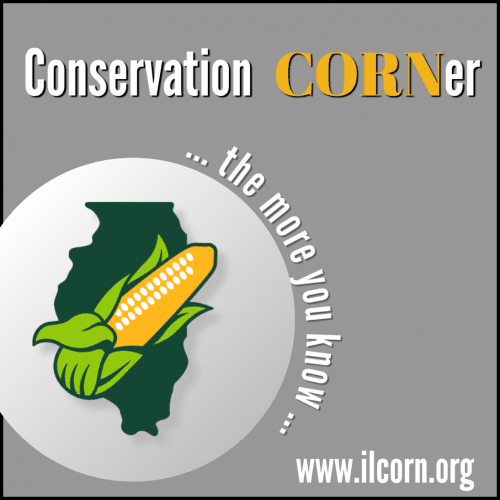Conservation Corner: Focusing on Fertilizer and Tillage

As harvest wraps up for most farmers across the state and an overall favorable forecast is predicted, focus turns to fall fertilizer and tillage. Precision Conservation Management (PCM) looks at the financial return of both fertilizer and tillage.
Falling into Fertilizer
With fertilizer prices at historic highs, it’s imperative to have a solid plan in place. PCM data would show the most profitable corn acres achieve a nitrogen use efficiency close to .85 which is lower than the 1-1.1 most think about. This means that for every bushel of corn, less than 1 pound of total applied nitrogen was used. As you think about your fall anhydrous, MAP, and DAP applications begin to think about how much of your total N are you leaving vulnerable for the next 7 months. Using a stabilizer even as ground conditions limit the conversion of anhydrous is still important to help keep your nitrogen investment in a stable form during the early spring.
To till or not to till?
Tillage has its place and learning to manage a no-till system takes time but asking yourself if that pass is necessary or just giving your hired man or you something to do before you’re stuck in the shop during the winter months. PCM has data looking at a variety of tillage systems for both corn and soybeans. It may surprise you that looking at 5 years of data, the most profitable soybean fields regardless of all other direct costs were no-till fields.
Cover your assets
If you still want to get out in your fields this fall, why not seed a cover crop. Cereal rye can germinate at temperatures around freezing and some farmers have even reported it sprouting under a light cover of snow. Fall cover crop growth can be misleading as you see limited above ground growth but rest assured if you see growth, there is a root system going to work below the soil surface. A fall seeded cover crop will not only help prevent erosion, breakup compaction, but also scavenge any excess nitrogen remaining in the soil.
To find out more information about the economics of tillage, nitrogen management, or cover crops visit https://www.precisionconservation.org






